From the Depths: How Arctic Warming Fuels ‘Zombie Fires’
“Zombie fires,” smoldering underground during winter, mysteriously reappear in the spring across the peatlands of Alaska, Canada, and Siberia.
These fires defy the usual fire season, igniting as early as May, much to the puzzlement of scientists. Even scarier? They can persist for years, resurfacing from beneath the Earth’s surface.
A New Understanding of Zombie Fires
Traditionally, zombie fires were thought to be remnants of surface fires. However, recent research suggests that rapid atmospheric warming might cause peat soils to heat up to smoldering temperatures underground without any spark or ignition source.
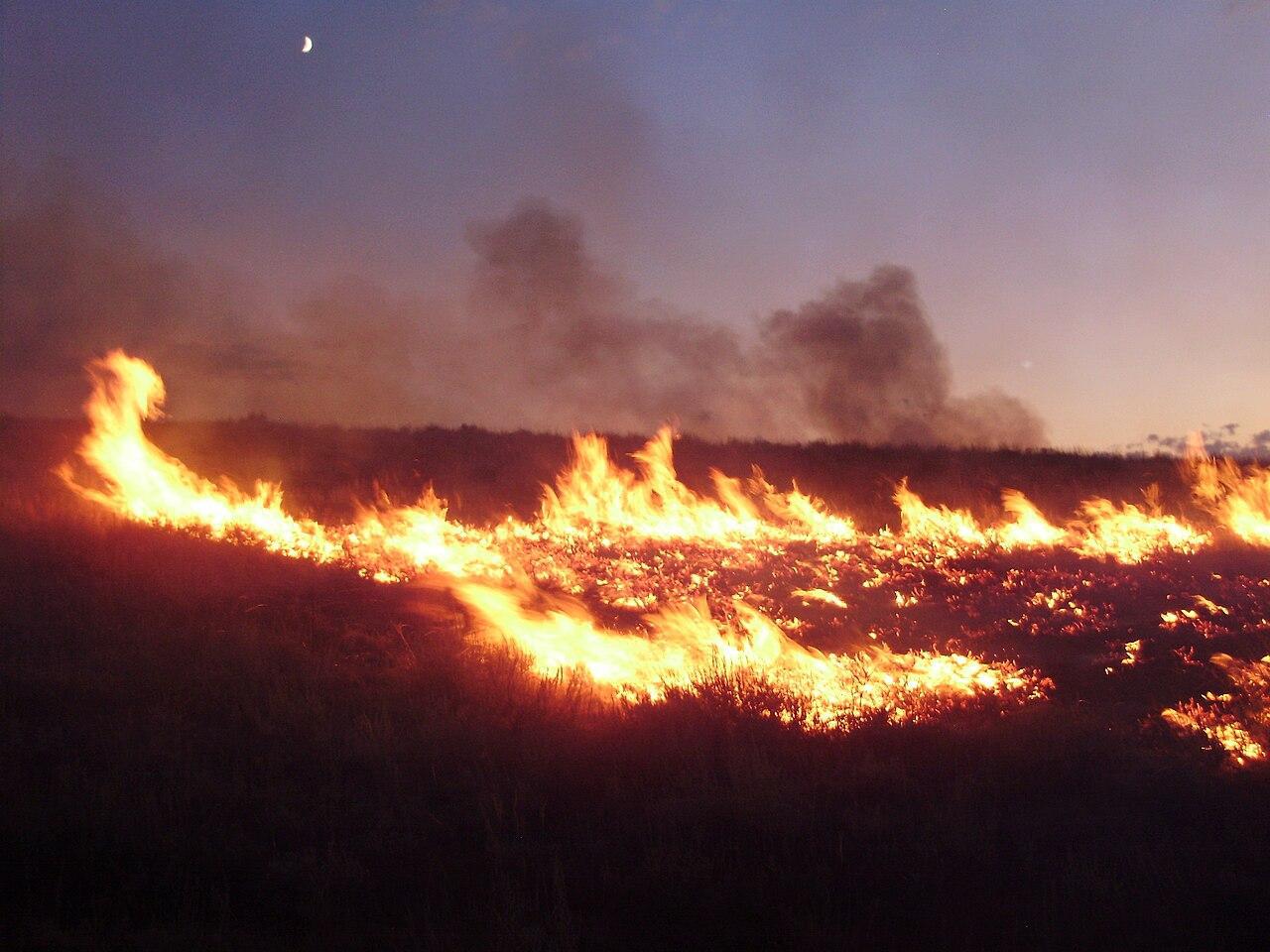
Source: Wikimedia
This points to climate-change-driven spontaneous combustion as a potential cause.
Historical Context and Increasing Frequency
Zombie fires, once rare events, have increased significantly in the past two decades.
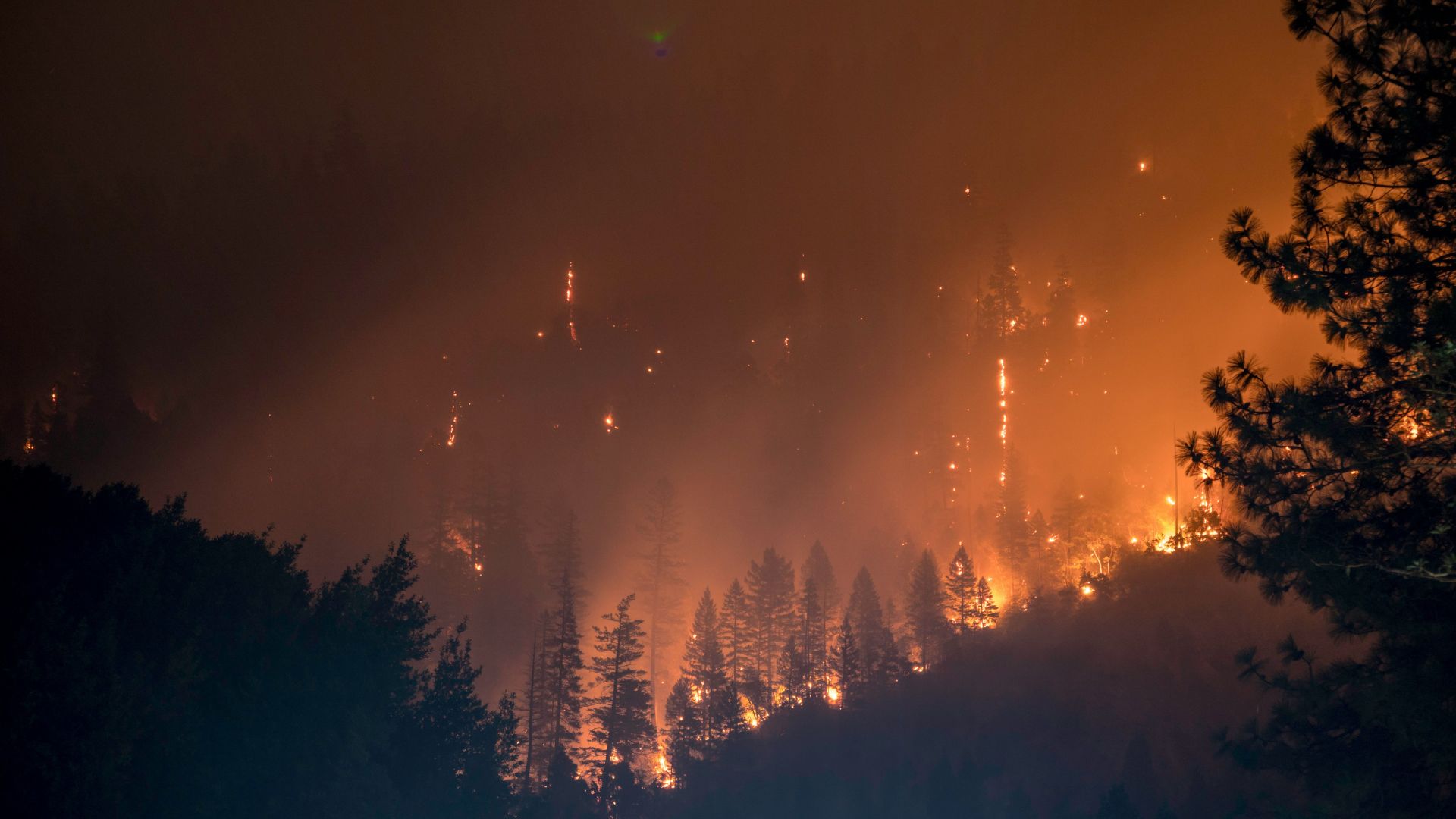
Source: Matt Howard/Unsplash
Reports date back to the 1940s, but their frequency and intensity have surged alongside accelerated warming in the Arctic, the fastest-warming region on the planet.
A Growing Threat in 2024
In early 2024, more than 100 zombie fires were active in British Columbia, Canada.
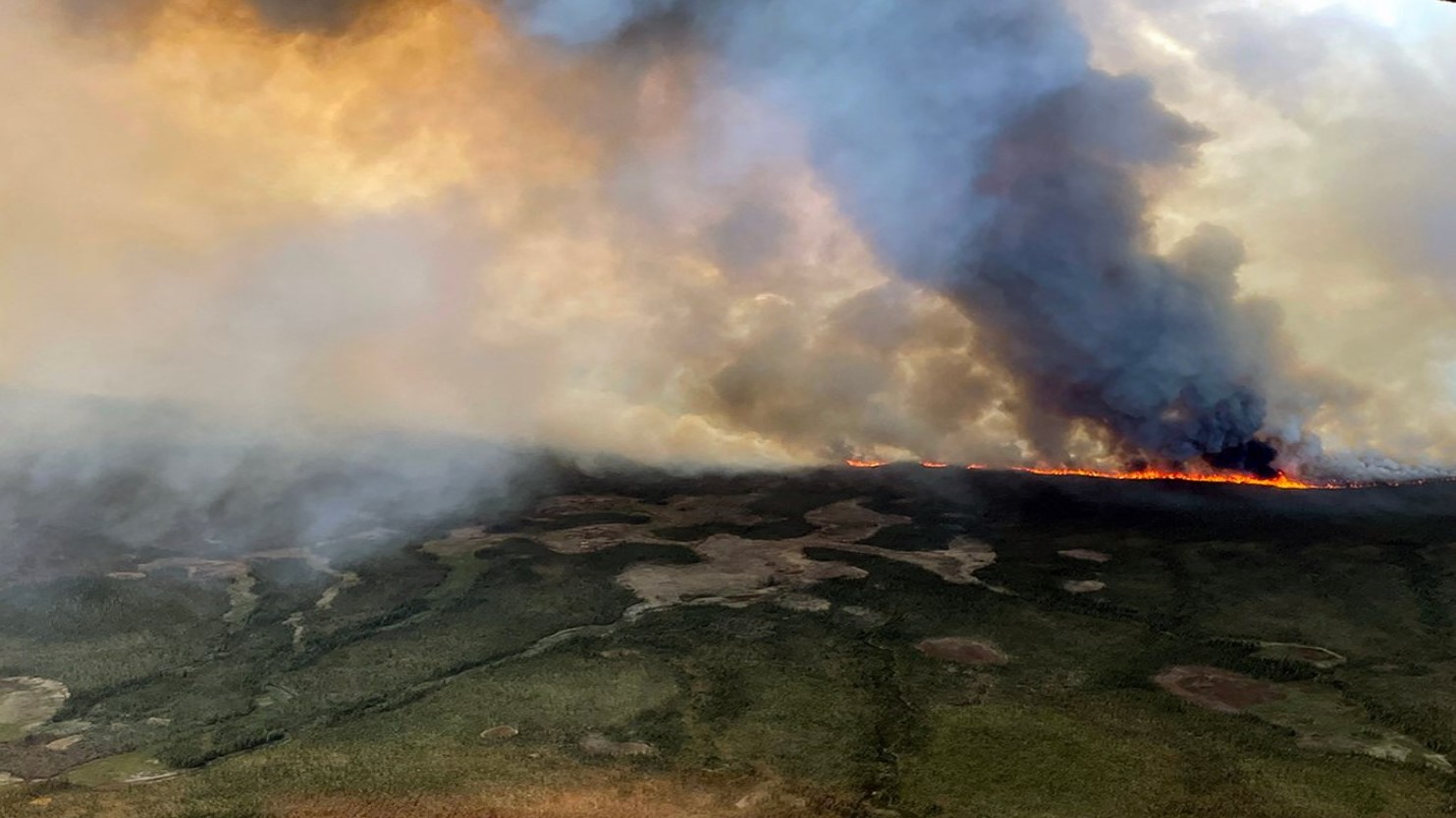
Source: National Interagency Fire Center/Wikipedia
Even in the coldest village on Earth, Oymyakon, Siberia, zombie fires have been recorded, accounting for around 3.5% of the area burned annually. These fires can carry over through multiple winters.
The Carbon Release Crisis
Peat soils in the Arctic trap more carbon than the entire atmosphere. Zombie fires release gigatons of carbon into the atmosphere, exacerbating global warming.
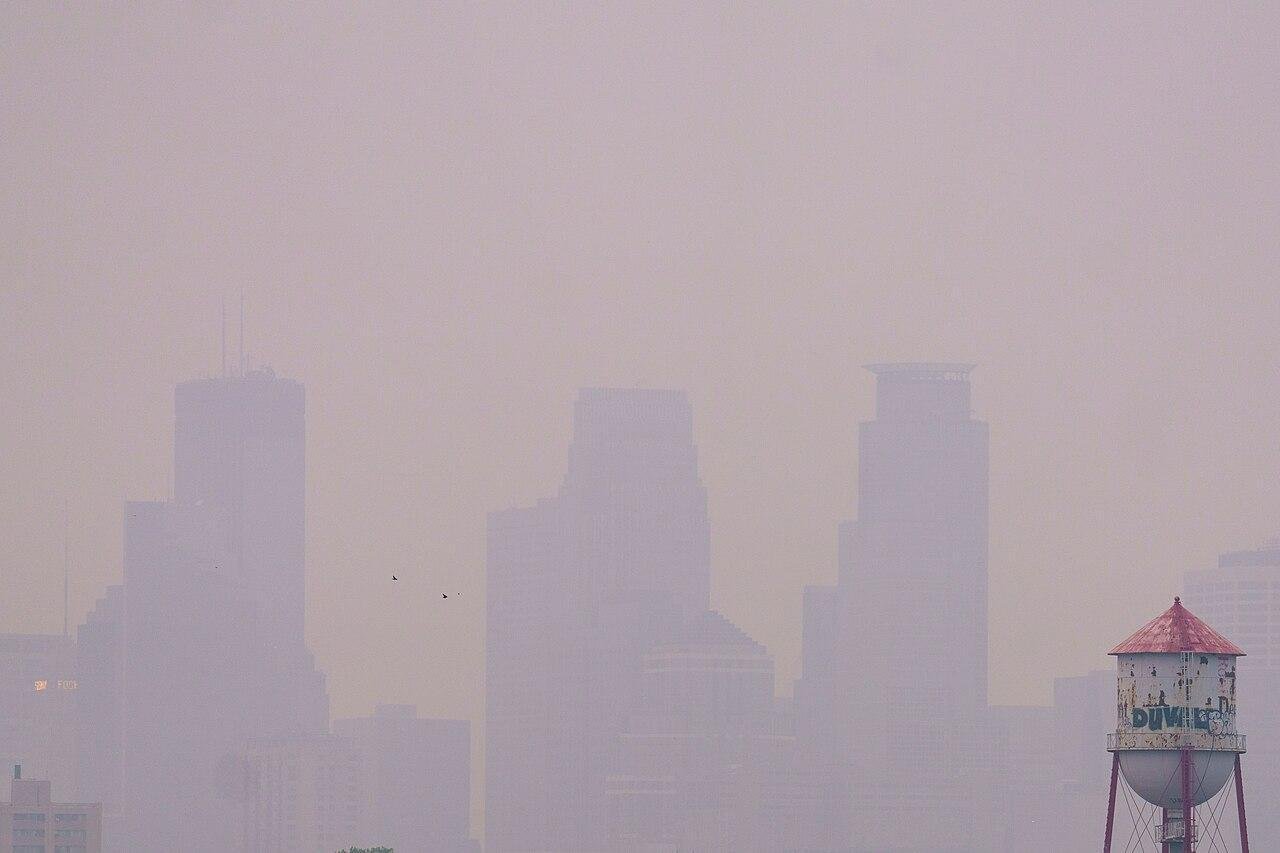
Source: Wikimedia
This significant carbon release is a growing concern for scientists and environmentalists alike.
Microbes and the Hot Metastable State
The research unveiled a mathematical model showing how peat soils react to climate changes. It found that microbes breaking down the soil produce enough heat to keep peat smoldering at a sizzling 176°F throughout the winter.
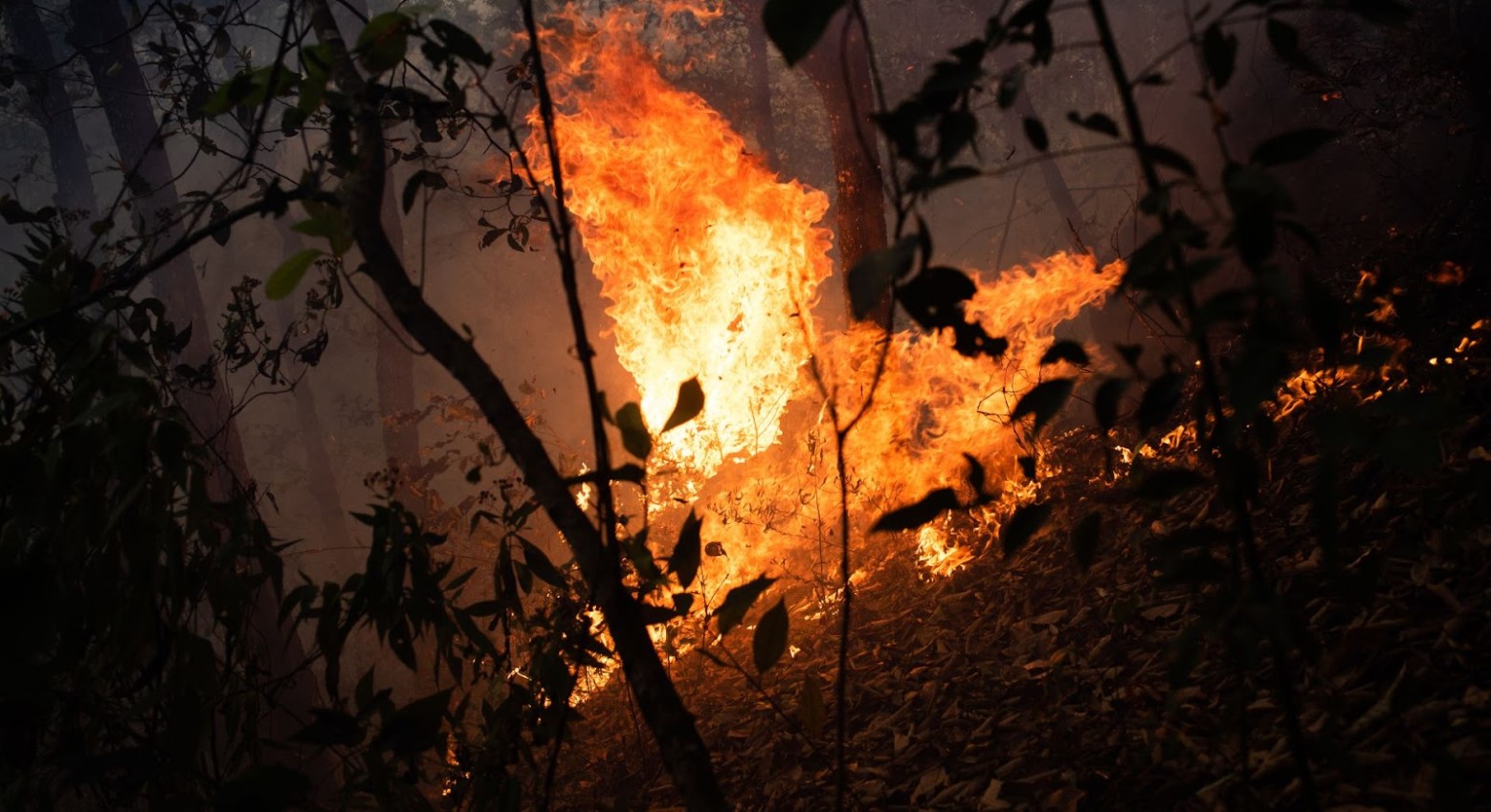
Source: Hector Quintanar/Getty Images
This newly discovered “hot metastable state” can persist for up to 10 years without any surface fire.
Climate Patterns and Triggers
Interestingly, a sudden transition to the hot metastable state can be triggered by climate patterns, including summer heat waves and global warming scenarios.
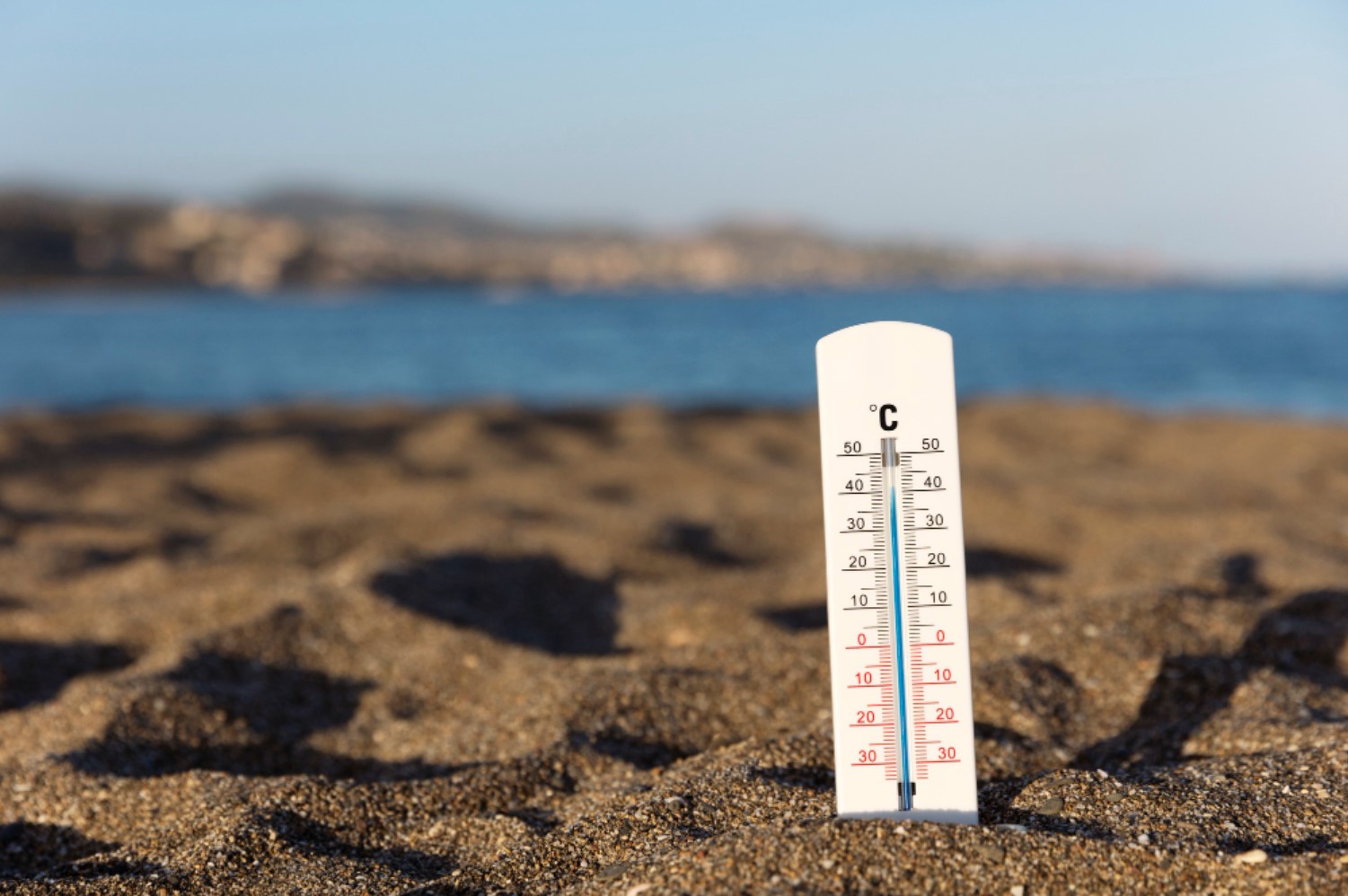
Source: Freepik
The critical factor is the rate of atmospheric warming — a faster rate can trigger this transition, while a slower rate does not.
Real-World Implications
While this phenomenon has not yet been proven in real-world conditions, it has parallels in compost fires.
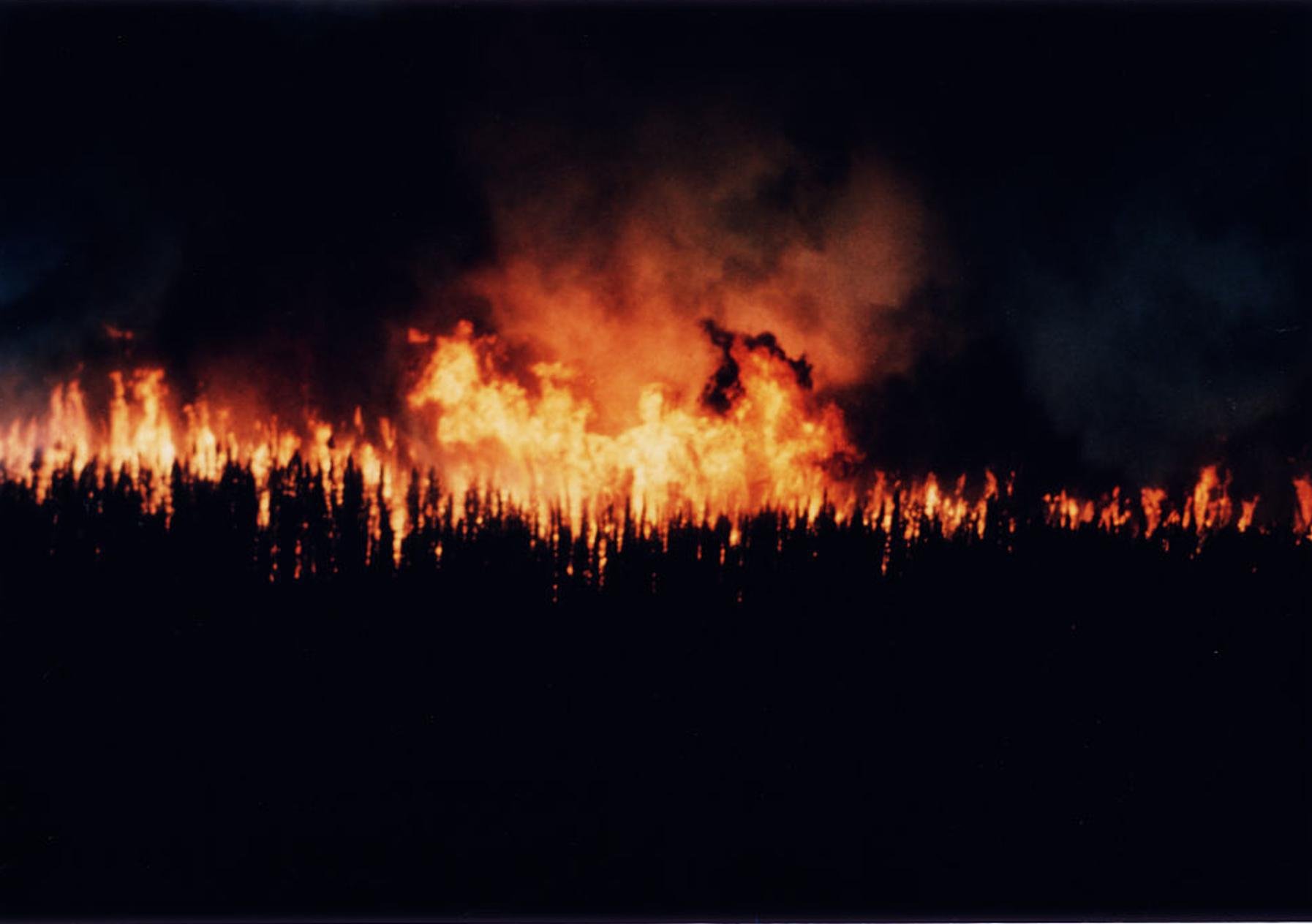
Source: CORBIS/Corbis via Getty Images
For example, a large fire in London during a 2022 heatwave was likely caused by a compost pile spontaneously combusting. This suggests that similar conditions could trigger zombie fires.
The Rate of Change Matters
Zombie fires exemplify a rate-induced tipping point, where rapid changes in external conditions push a system into an undesired state.

Source: Matt Palmer/Unsplash
The current climate may be nearing — or exceeding — critical rates of change, potentially explaining the recent increase in zombie fires.
Combating the Zombie Fires
To prevent further zombie fires, limiting climate variability is essential. While policymakers often focus on atmospheric temperature, the rate of change might be just as important, if not more.
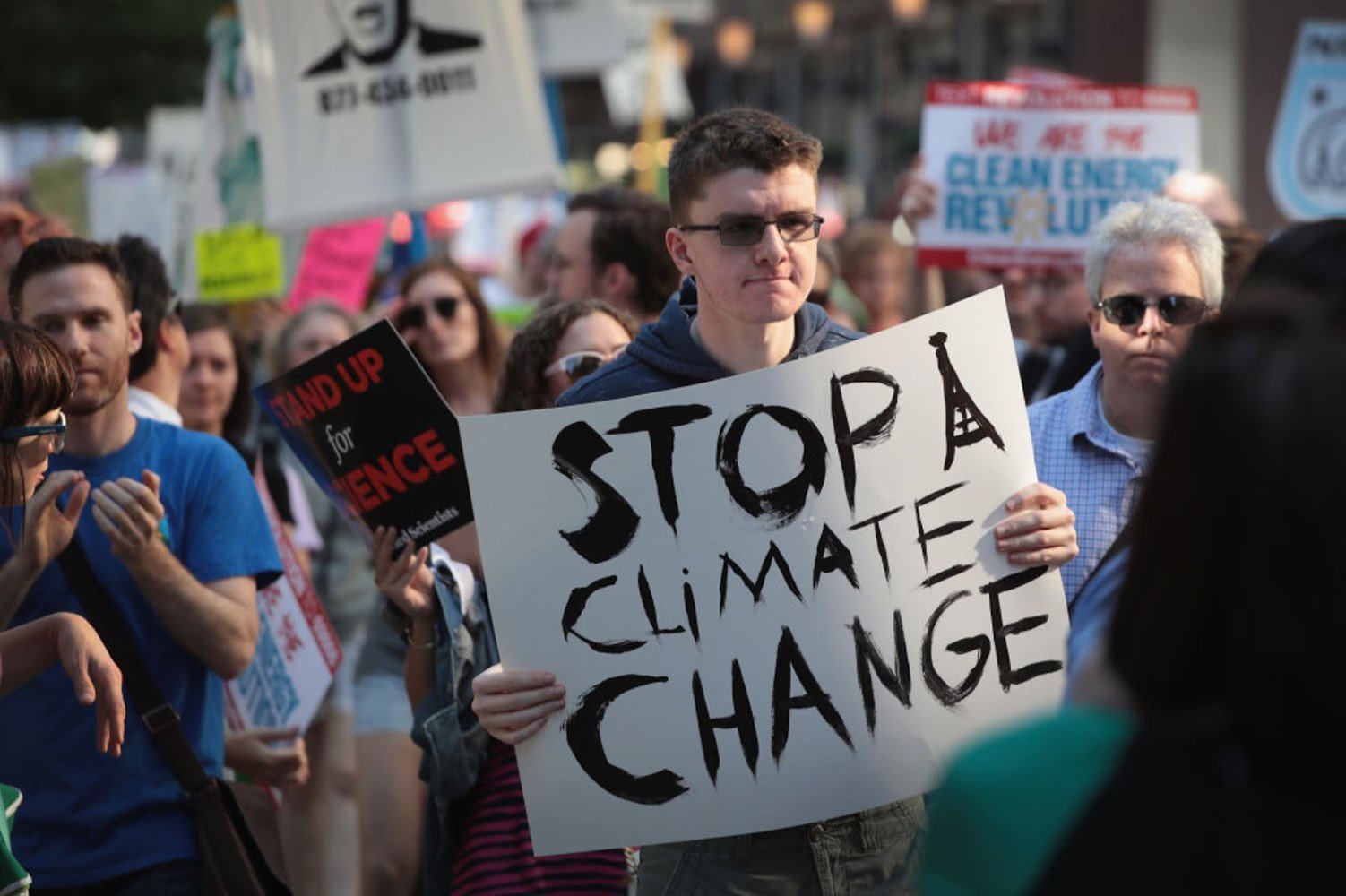
Source: Scott Olson/Getty Images
Addressing climate variability could be crucial for building resilience against these underground infernos.
A Vicious Cycle of Climate Change
As the climate warms and weather becomes more extreme, conditions that lead to zombie fires become more common.

Source: Freepik
This creates a vicious cycle: more fires release more carbon, worsening climatic changes, leading to more fires and extreme weather.
Looking Ahead
Understanding and addressing the root causes of zombie fires is vital.
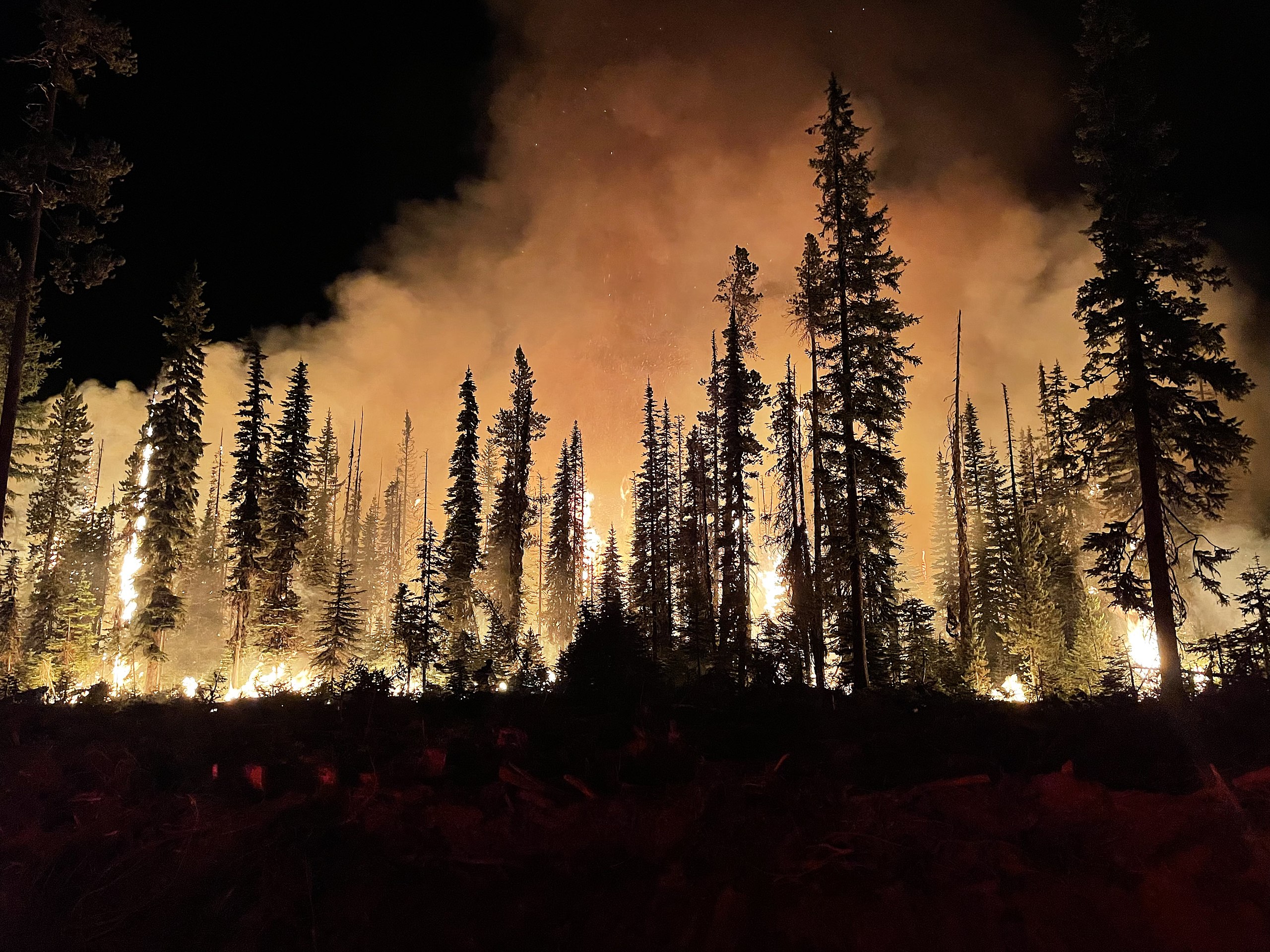
Brendan O'Reilly/Wikimedia Commons
While more research is needed to confirm the findings in real-world conditions, it’s clear that mitigating climate change and controlling the rate of atmospheric warming are crucial steps in preventing these mysterious and destructive fires.
